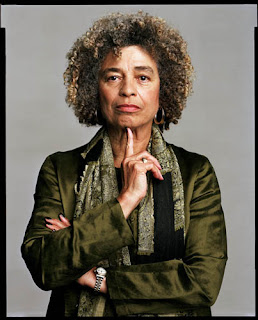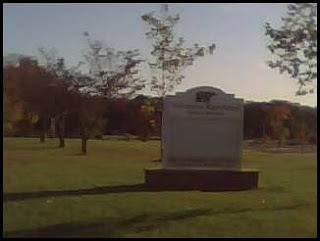What
does it mean to take our faith into the world? To not simply proclaim it, but
to follow the examples of the world’s great spiritual leaders—Christ, Buddha,
Mohammed—and give flesh to our beliefs?
In
the U.S. of modern history, few have exemplified such “faith in action” better
than Dr. Martin Luther King, Jr. I continue to find the national holiday in
honor of King the most moving and inspiring day of the year.
And
right now, on this Martin Luther King Day 2013, I’m thinking of One Billion Rising on February 14, and
the National March on Washington for Gun Control next Saturday, January 26.
King’s
message, like the great spiritual leaders’ before him, was “simple:” love thy
neighbor, and pay particular attention to those who are poor, afflicted, and
oppressed. The making of these words flesh continues to be complicated, and
King’s execution of his faith was no less complex than those who came before--or
than ours must be each day.
While
best remembered for his civil rights victories, it is King’s much broader
battle that demands our current attention. His great 1963 March on Washington,
forever memorialized in his “I Have A Dream” speech, dramatized the plight of
America’s poor and catalyzed President Lyndon Johnson’s War on Poverty
legislation. King supported the rights of low-wage garbage workers in Memphis;
he actively protested the Vietnam War.
Johnson
proposed The War on Poverty (we have this legislation to thank for federal
programs such as Head Start) in response to a national poverty rate, in 1960,
of just under 19%. During President Clinton’s tenure, the poverty rate reached
a low of 11.3%, but by the time of the 2010 census it had climbed back to
15.1%.
In
50 years, we’ve shaved less than 4% off our national number of people living in poverty. This is 15.1% of individual U.S.
citizens living on less than $11,344.
Whether
or not you support the Occupy Wall Street movement (or for that matter the Arab Spring revolutions), with 1% of our population
accounting for 24% of all income, we have not, as a nation, solved the problem
of how to equitably distribute resources so that everyone, including children
and the elderly, has enough to eat nutritiously and live warmly, safely, and
healthily.
So
when President Obama, in his inaugural address, connected King’s actions at
Selma to those of women struggling for equality at Seneca Falls and gay people fighting
for our rights and lives at Stonewall, he’s reminding us that for any of us to
be free, there must be equity for all—and equity, despite our religious beliefs
and faith, does not come easily. It requires action. It demands that faith be made
flesh.
Just
days before his assassination, King was planning a second March on Washington,
and said that to create real change for America, “We are coming to demand that
the government addresses itself to the problem of poverty. It is our experience
that the nation doesn’t move around questions of genuine equality for the poor
and for black people until it is confronted massively, dramatically in terms of
direct action.”
Poverty and
oppression come in many shapes and sizes, and so there are nearly limitless opportunities
to join together and put our faith to work. One billion women—mothers,
daughters, sisters, partners, and friends, one of every three people on our
planet of seven billion—will be raped or beaten in her lifetime. One Billion Rising, the
largest day of action in the history of Eve Ensler’s V-Day movement, is a
promise that we will rise up with women and men worldwide to say the violence
ends now. Join us at the Opera House this Valentine’s Day, Thursday, February 14, and put your faith to work on behalf of
ending violence against women. Or take yourself to Washington, D.C., next Saturday, January 26, to work towards
lessening gun violence in the U.S. by demanding legislation to better protect
all of us from the “overkill” of a culture in which a strident insistence on
individual rights often works to the detriment of our communities and the most
disenfranchised among us.
Can
we truly call ourselves a nation of faith when so much of our legislative and
economic time is spent struggling only for our own individual well being? Not
in my book. Together, we can make change, but to do so requires action in
addition to belief. It requires, as all the great religions of our world
proclaim, faith made flesh.
For Zion’s sake I will not keep silent,
and for Jerusalem’s sake I will not rest,
until her vindication shines out like the dawn,
and her salvation like a burning torch. – Isaiah 62:1
and for Jerusalem’s sake I will not rest,
until her vindication shines out like the dawn,
and her salvation like a burning torch. – Isaiah 62:1



















